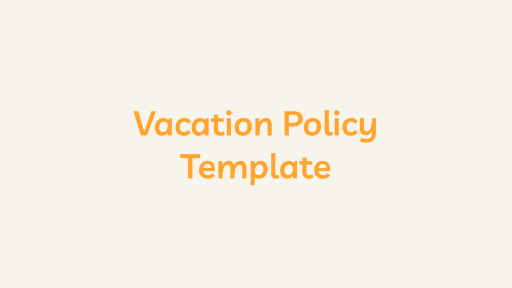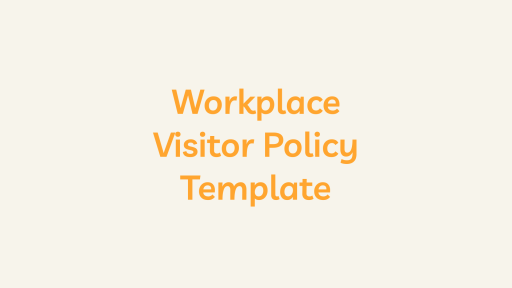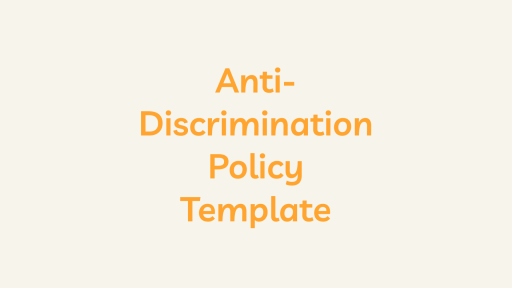What does the Workplace Health And Safety Policy Template consist of?
The Workplace Health and Safety Policy Template includes a policy statement emphasizing the commitment to health and safety, delineating responsibilities for employees and management, hazard identification and reporting guidelines, emergency procedures, and compliance with relevant regulations. The template aims to create a framework for maintaining a safe work environment and promoting the well-being of employees within the organization.
Template
[Company/Organization Name]
Effective Date: [Date]
Workplace Health and Safety Policy
1. Policy Statement:
- [Company Name] is committed to providing a safe and healthy work environment for all employees, visitors, contractors, and anyone else affected by our operations. We prioritize the prevention of accidents, injuries, and illnesses, and strive to continuously improve our health and safety standards.
2. Responsibilities:
- Clearly outline the responsibilities of management, supervisors, employees, and any other relevant parties in ensuring workplace health and safety. This should include tasks such as providing proper training, reporting hazards, complying with safety procedures, and actively participating in safety programs.
3. Risk Assessment:
- Describe the process for identifying and assessing workplace hazards. This involves regular inspections of the workplace, job safety analyses, and risk assessments to determine potential hazards and their levels of risk.
4. Incident Reporting and Investigation:
- Explain the procedure for reporting workplace incidents, accidents, injuries, and near-misses. Ensure that all incidents are thoroughly investigated to identify root causes and implement corrective actions to prevent recurrence.
5. Training and Education:
- Detail the company’s commitment to providing relevant health and safety training to all employees. This includes orientation training for new hires, regular refresher courses, and specialized training for specific job roles or hazardous tasks.
6. Emergency Response:
- Outline procedures for handling emergencies such as fires, natural disasters, medical emergencies, and evacuations. Clearly communicate emergency contacts, assembly points, and emergency response teams’ roles.
7. Personal Protective Equipment (PPE):
- Specify the requirements for the use of personal protective equipment, including when and where it should be worn, how to maintain and store PPE, and who is responsible for providing it.
8. Workplace Ergonomics:
- Emphasize the importance of ergonomic principles to prevent musculoskeletal disorders and promote comfortable and safe working conditions. Provide guidelines for workstation setup and regular ergonomic assessments.
9. Hazardous Materials and Chemical Safety:
- Address the safe handling, storage, and disposal of hazardous materials and chemicals used in the workplace. Include relevant safety data sheets and procedures for spill containment and cleanup.
10. Contractor Safety:
- Address safety requirements for contractors and visitors who enter the workplace. Ensure they are aware of safety policies, procedures, and any specific risks associated with their work.
11. Health and Wellness Programs:
- Mention any health and wellness initiatives offered by the company to promote employee well-being, such as wellness workshops, health screenings, and fitness programs.
12. Compliance and Legislation:
- Ensure that the policy aligns with all relevant local, state, and federal health and safety regulations. Commit to continuously reviewing and updating the policy to remain in compliance with changing laws and industry standards.
13. Communication:
- Describe how health and safety information will be communicated throughout the organization. This may include safety meetings, posters, newsletters, or digital communication channels.
14. Accountability and Enforcement:
- Clearly state the consequences for violating health and safety policies and procedures. This may include disciplinary actions for repeated non-compliance or negligence.
15. Continuous Improvement:
- Emphasize the company’s commitment to continuous improvement of health and safety standards through feedback, incident analysis, and proactive hazard identification.
16. Policy Review:
- Specify the frequency of policy review to ensure that it remains relevant and effective. Encourage employee feedback and involvement in policy improvement.
17. Conclusion:
- Reiterate the company’s commitment to workplace health and safety and encourage all employees to actively participate in creating a safen and healthy work environment.
Employee:
I have read and understood the Workplace Health and Safety Policy, and I do not have any questions.
[Employee’s Full Name]
[Employee’s Signature]
[Date]
Company:
[Company Name]
[Company Representative’s Name]
[Company Representative’s Title]
[Company Representative’s Signature]
[Date]





